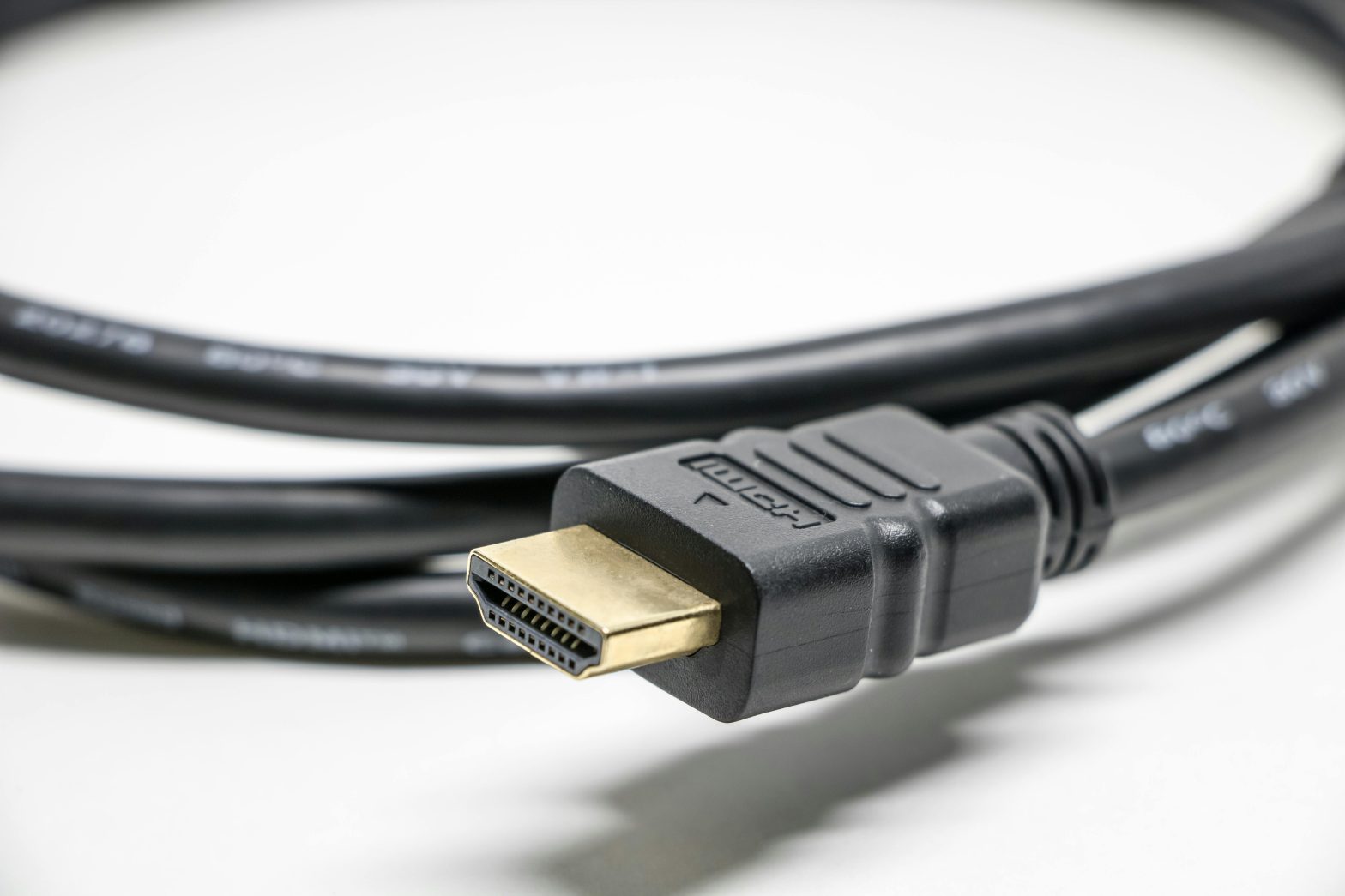HDMI Cable Lengths: Enhancing Connectivity And Ease
HDMI cables are available in quite a few lengths, starting from a brief 0.5 meter to a longer length. Five-meter cables to lengthy 20-meter cables or even longer with the usage of sign boosters and extenders. The desire for length relies upon the unique necessities of your setup, including the space between your source device (like a Blu-ray participant or a gaming console) and your show tool (like a TV or a projector).
Short HDMI Cables (0.5 to 2 Meters)
Short HDMI cables, commonly starting from 0.5 to two meters, are perfect for connecting gadgets that might be near every different. These cables are frequently used in laptop or monitor setups, where a PC is hooked up to a screen, or in domestic enjoyment systems where additives are stacked together.
Advantages
- Minimal signal degradation due to shorter distance.
- Less cable litter and less complicated cable control.
- Ideal for portable and brief setups.
Disadvantages
- Limited flexibility in terms of device placement.
- May not be suitable for more extensive home theater systems where devices are setup far apart.
Medium-Length HDMI Cables (3 to 5 Meters)
Medium-period HDMI cables, starting from three to five meters, provide greater flexibility in device placement. These cables are typically used in domestic theaters, gaming setups, and professional environments in which devices are spaced reasonably apart.
Advantages
- Provides stability among flexibility and signal integrity.
- Suitable for maximum home theater and gaming setups.
- Easier cable control in comparison to a longer cable.
Disadvantages
- Potential for moderate signal degradation over longer distances, even though usually negligible with extremely good cables.
- May nonetheless require careful planning for larger setups.
Long HDMI Cables (10 Meters and Above)
Long HDMI cables, starting from 10 meters and above, are used in larger setups where gadgets are located far apart, together in auditoriums, massive conference rooms, or massive home theater structures.
Advantages
- Allows for significant flexibility in device placement.
- Suitable for large rooms and professional installations.
Disadvantages
- Higher ability for latency problems and signal degradation like signal loss.
- Requires higher nice cables or extra sign boosters to hold signal integrity.
- More difficult cable control.
The Impact of Cable Length on Performance
As the period of an HDMI cable increases, the chance of sign degradation additionally increases. This degradation can manifest as decreased video quality, audio dropouts, or entire signal loss. The elements that contribute to sign degradation include:
Attenuation
The weakening of the signal as it travels via the cable.
Interference
External electromagnetic interference can affect sign quality which results in signal issues.
Cable Quality
The substances and production of the cable can impact its ability to transmit signals over long distances. To mitigate these troubles, it’s essential to apply top-notch HDMI cables, especially for longer lengths. Cables with higher shielding, thicker conductors, and better manufacturing standards can transmit alerts extra efficiently over extra distances.
Why is a 5-meter And 10-meter HDMI Cable Perfect For Most of The Setup?
For many setups, 5-meter and 10-meter HDMI cables are considered perfect due to their common length, their performance, and quality.
5-Meter HDMI Cables
A 5-meter HDMI cable is perfect for maximum domestic theater and gaming setups where the devices are being set up close, however, it requires a little flexibility in placement. This period gives enough reach to connect a wall-hooked-up TV to a media console on the floor or to run a cable via a modestly sized room without giant sign loss.
Advantages
- Adequate duration for ordinary domestic setups.
- Minimal danger of sign degradation with super cables.
- Flexible enough to house numerous room layouts. Easy to control and cover within room decor.
10-Meter HDMI Cables
A 10-meter HDMI cable is best for large rooms or greater complex setups, along with connecting a projector screen installed at the ceiling to a media source positioned behind the room. This duration presents considerable flexibility while nonetheless maintaining accurate sign first-class with a super cable.
Advantages
- Suitable for most large domestic theaters and professional installations.
- Greater flexibility in tool placement. High-satisfactory cables can preserve sign integrity over this distance.
- Can be used with sign boosters or repeaters if essential for even longer runs.
Conclusion
Choosing the proper length of HDMI cable is vital for ensuring the choicest performance and flexibility for your home, office, or gaming setup. While brief cables are suitable for near-range connections, medium-length cables like 5 meters provide a balance of flexibility, good signal connection, and overall performance for maximum domestic theater and gaming setups. For larger rooms and greater complicated installations, 10-meter HDMI cables provide the necessary reach without compromising signal great, provided they’re of excessive exceptional. By knowing the effect of cable duration on overall performance and selecting the appropriate duration to your desires, you can ensure seamless and enjoyable audio and visual enjoyment. Whether you’re putting in a gaming console, a home theater, or a professional AV system, 5-meter and 10-meter HDMI cables regularly come to be the proper choices, combining comfort, flexibility, and high-quality sign transmission.














